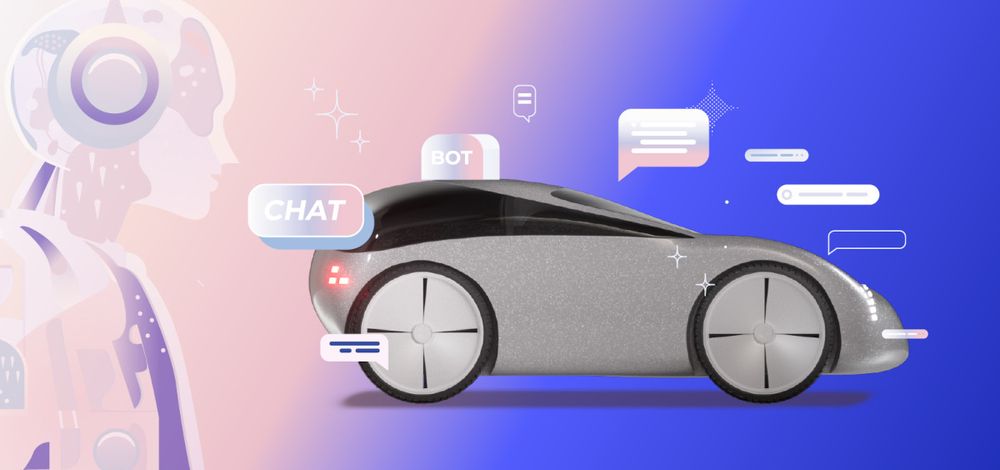I see Amnon is going off the rails again.
Does anyone here actually train deep learning NNs? I do.
Guess what's useful when going end-to-end for training? Having already built a suite of algorithms and modular solutions that give you visualizations of path planning, VRUs, etc...
Did you know you can have secondary outputs / backprop for you end-to-end network? You can make it also learn to try to generate all these visual outputs. You can do this because you generate the labels for it from your V11 solution.
Not only that, but also Tesla is probably architecting their V12 as some combination of all the previous modular pieces, so those pieces with initial weights will converge easily to giving desired outputs.
Not only that, but do you know what's the best thing for giving confidence about how a system will perform?
Orders of magnitude more test data. Ignore the competency of Tesla's system, but in pure statistical confidence, the best thing you can do is show performance on a massive amount of diverse real world cases. Nothing instills more confidence than that.
The question is what is the "test data" and loss function on it? Test data of driving policy is much less dense than test data of generative video---predicting video 2 seconds ahead has tons of self-supervision labels, no argument.
Driving policy is more important, risky, and difficult to acquire as outside simulation you don't get many negative examples. And that's the issue, ensuring safe policy in pure ML when you can't sample from the support of unsafe policy---entirely unlike AlphaGo/Zero.
Which is why it has been algorithmic/optimization based so far based on an object ontology derived from human-labeled supervision of intermediate concepts---the Karpathy solution.
I've put forth my argument before: E2E with almost all positive policy labels from natural observed driving will be very nice to make a L2++++ driver assist product, the use of human driving will have it learn subtle socialized and condition-dependent behaviors which aren't in any deterministic/optimization policy framework. It will feel like success. To be honest the Career Loss Function for Tesla developers and managers is optimizing Big Boss Gut Feeling of Success Personally Testing On His Car and How Hypeable It is on Twitter. Not some abtruse metrics that show failure when it feels like it should already be working. Ashok is going to beat Karpathy on that metric.
Waymo had way less disengagements than Tesla 10 years ago, but that still wasn't enough for robotaxis even though it felt great to a casual rider.
Ensuring safety for L4 at 10,000 hours MTBF (probably deployed robo regulatory level at minimum) is a much harder problem. So far Tesla is struggling to get 10 and most people experience 1 or less.
From a business point of view, obviously Tesla's doing much better--they're making money. To optimize Tesla cash flow, delivering E2E L2++++ to sell cars while promising some future L4 (that's never happening on this HW base and probably not SW base) is good, if dishonest, business.
I'm resigned to the reality that my 3LR will never ever be L4 contrary to Elon hype, and so a L2++++ that I can download seems like a great idea.
FSD is of course dishonestly named until they retcon it into Full Spectrum Driver Assist, meaning that it will *try* to be a driver assist in all conditions which is closer to the truth.



